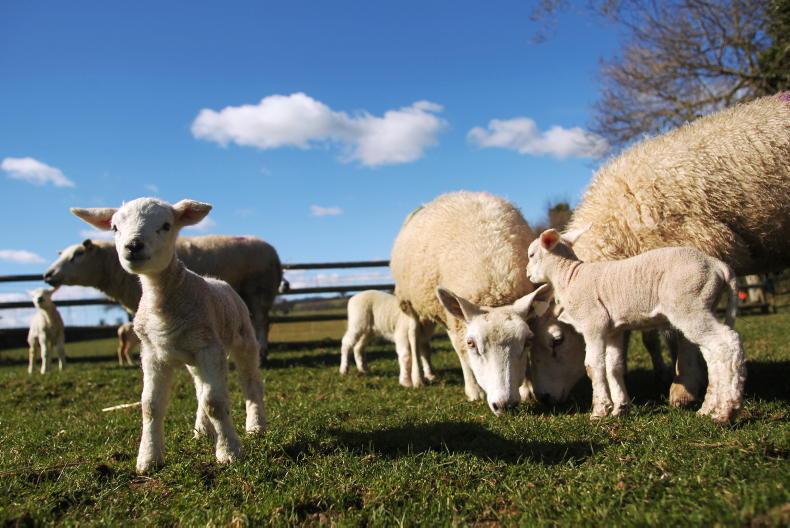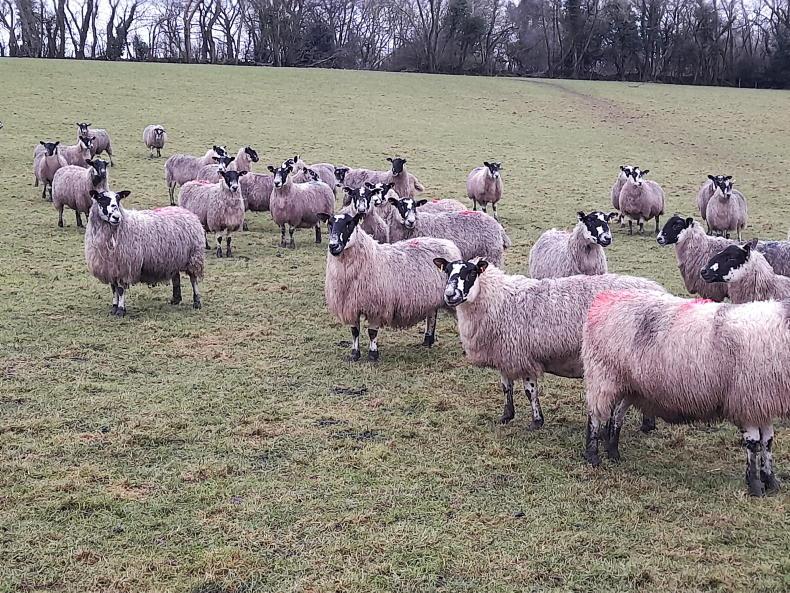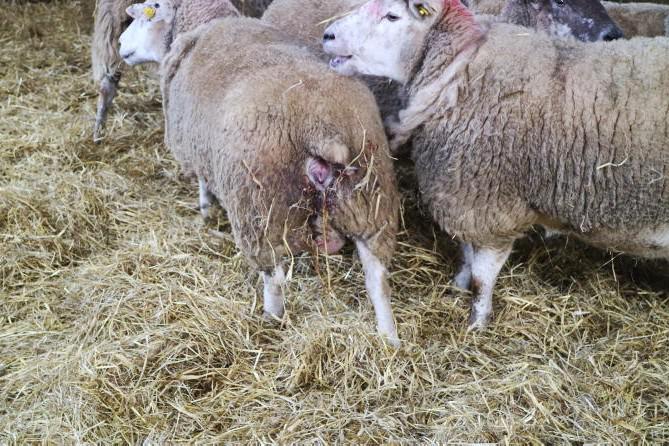Campylobacter fetus was identified as the cause of an abortion storm in a 420-ewe flock investigated by the Dublin regional veterinary lab (RVL) last year.
The RVL investigated a series of submissions from the farmer, in the end examining eight aborted foetuses.
The flock had been vaccinated against Toxoplasma gondii and C abortus, the vets noted in the monthly RVL publication.
All of the lambs were aborted about two weeks pre-term and one of the foetuses was found to have small, circular, light tan-coloured areas on the surface of the liver. The placentas examined had enlarged, pulpy cotyledons, covered with a brown liquid.
Isolated
Campylobacter fetus, a well-documented cause of abortion in sheep, was isolated from seven of the eight samples taken from the lambs.
In total, 40 ewes aborted from this flock and several weak lambs were also born.
The RVL vets noted that abortion storms are not uncommon and up to 20% ewes can abort when a naïve flock is first exposed to infection. The sources of infection for a flock are not fully understood, they said, but carrier sheep are considered the most likely source.
Kilkenny abortion storm
The RVL reports also documented another abortion storm in Kilkenny, where 20 ewes from a 200-strong flock aborted.
No vaccines were being used in the flock in question.
The vets reported a PCR-positive result for Chlamydophila abortus, the causative organism of enzootic abortion of ewes (EAE).
The source of infection with C abortus is aborting ewes at time of abortion, and through vaginal discharge for three weeks post-partum.
Farmers are advised to isolate affected sheep for three weeks, destroy placentae and disinfect pens.
Keep pregnant ewes away from infected pens and don’t use aborted ewes to foster replacement ewe lambs, the vets advised.
C abortus is a zoonosis, meaning it can also affect humans, and is a particular risk to immunocompromised or pregnant people.










SHARING OPTIONS